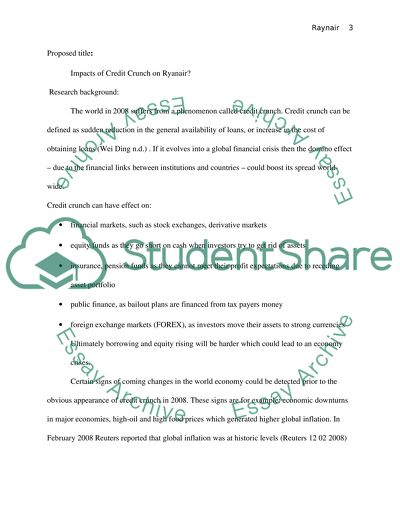Cite this document
(“Impacts of Credit Crunch on Ryanair Research Proposal”, n.d.)
Retrieved from https://studentshare.org/marketing/1521819-impacts-of-credit-crunch-on-ryanair
Retrieved from https://studentshare.org/marketing/1521819-impacts-of-credit-crunch-on-ryanair
(Impacts of Credit Crunch on Ryanair Research Proposal)
https://studentshare.org/marketing/1521819-impacts-of-credit-crunch-on-ryanair.
https://studentshare.org/marketing/1521819-impacts-of-credit-crunch-on-ryanair.
“Impacts of Credit Crunch on Ryanair Research Proposal”, n.d. https://studentshare.org/marketing/1521819-impacts-of-credit-crunch-on-ryanair.


